Where Does Identity Come From?
Kierkegaard said the self is a relationship that relates to itself.
Translation: identity is not a static object.
It’s a constant reckoning between who you are and who you think you are.
That tension—that gap—is what creates authenticity. Or ruins it.
Most brands aren’t reckoning with anything. They’re copying what looks good.
What Carl Jung Can Teach Modern Brands About Identity
Carl Jung wasn’t a marketer. He never split-tested a subject line or built a brand deck. But he understood identity better than most CMOs ever will.
While branding agencies argue over color palettes and tone-of-voice guides, Jung was building a framework for how humans understand themselves—and others. That framework is more relevant to modern branding than most people realize.
From Personality Quiz to Propaganda: The Dangerous Oversimplification of Branding
This is the modern branding cycle: aesthetic, launch, fatigue, rebrand, repeat.
Why? Because it’s all surface. Personality without psyche. Voice without behavior. Style without structure.
And now it’s worse—because it's being automated, commodified, and sold as strategy.
When a Brand Becomes a Cult: Psychological Depth or Manipulation?
Most branding is afraid of going deep.
So it stays superficial. Aesthetics, slogans, personality.
But depth is where trust lives.
Depth is how you build something that outlasts the founder, the trend cycle, or the algorithm.
A brand with psychological depth doesn’t need to manipulate.
It just needs to mean something.







